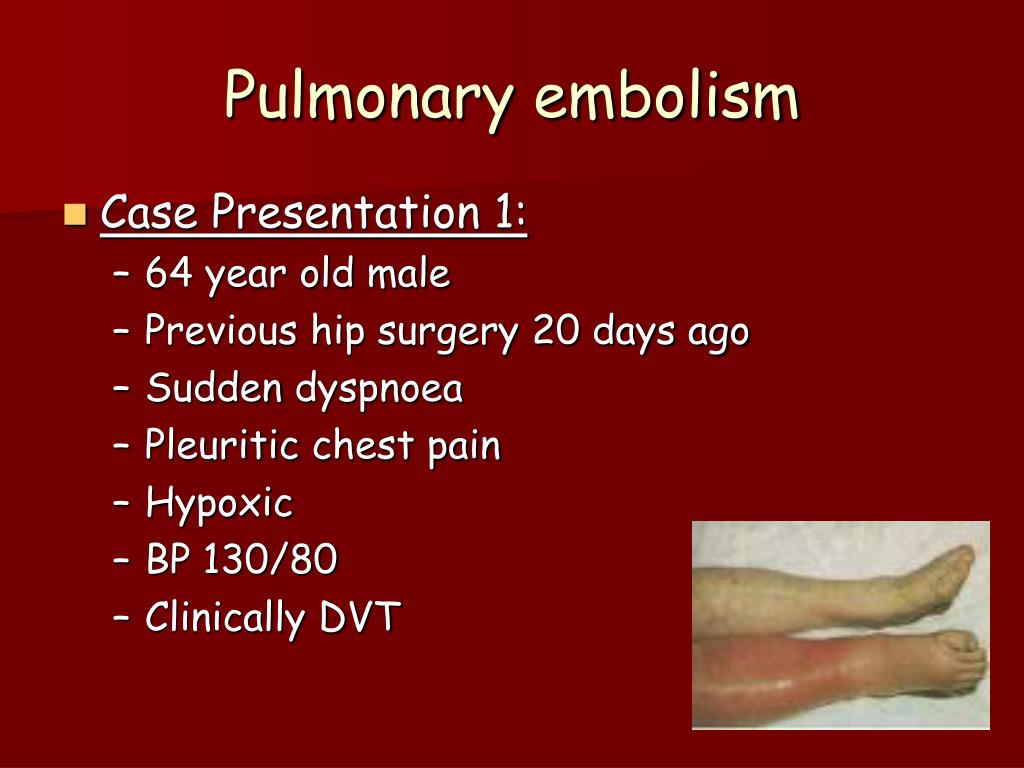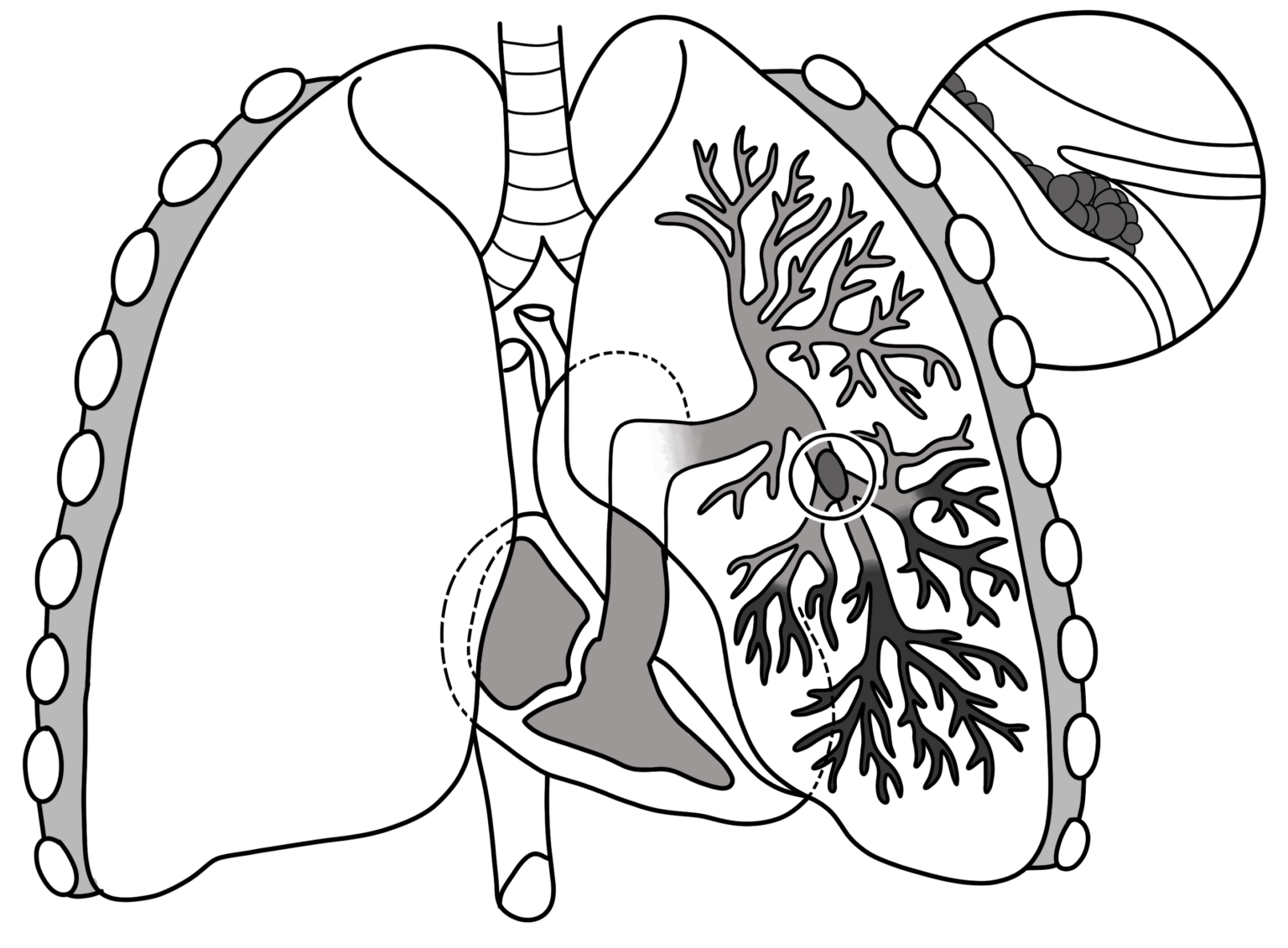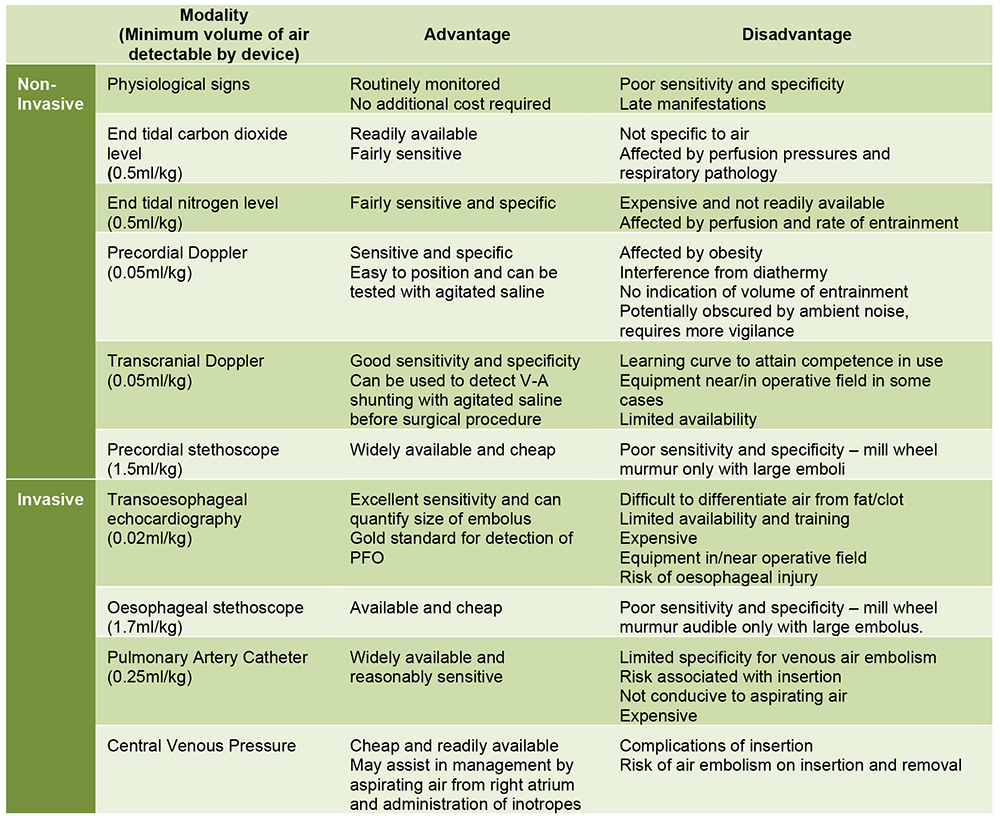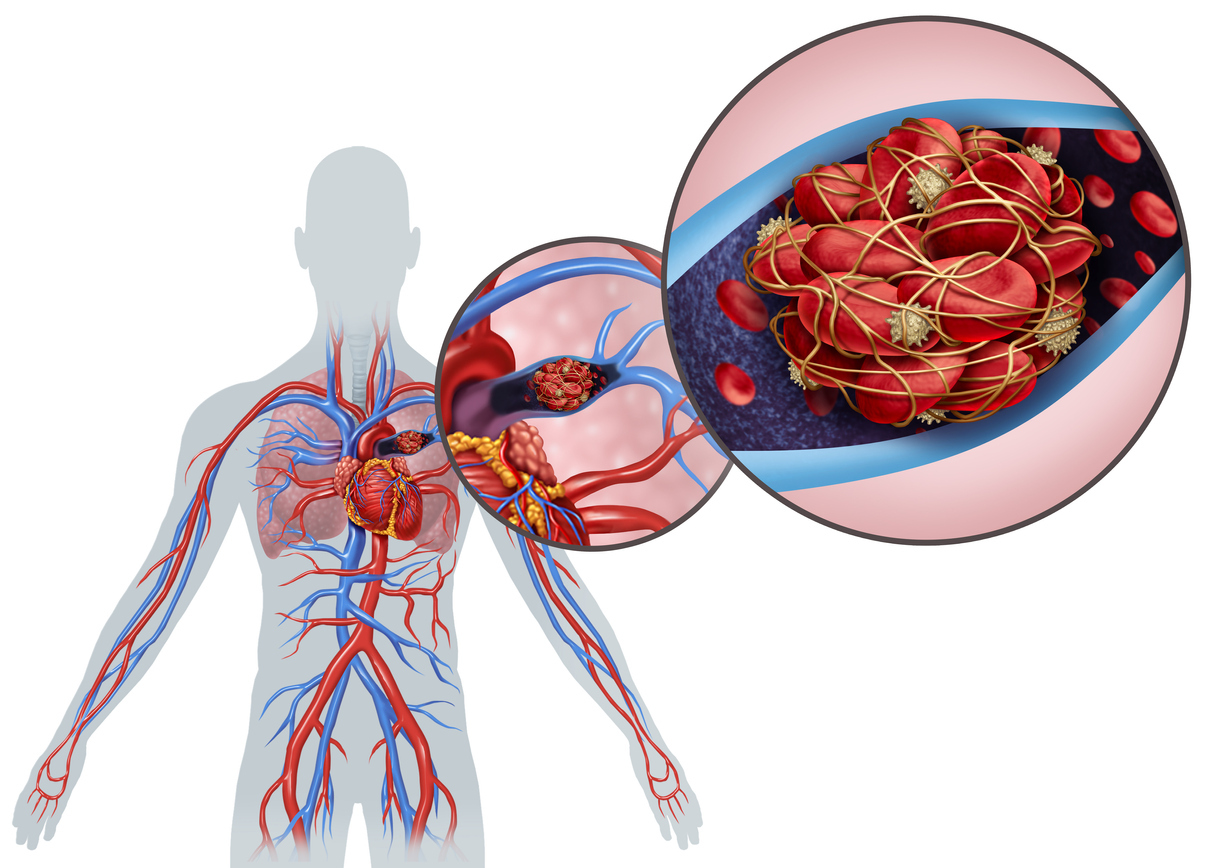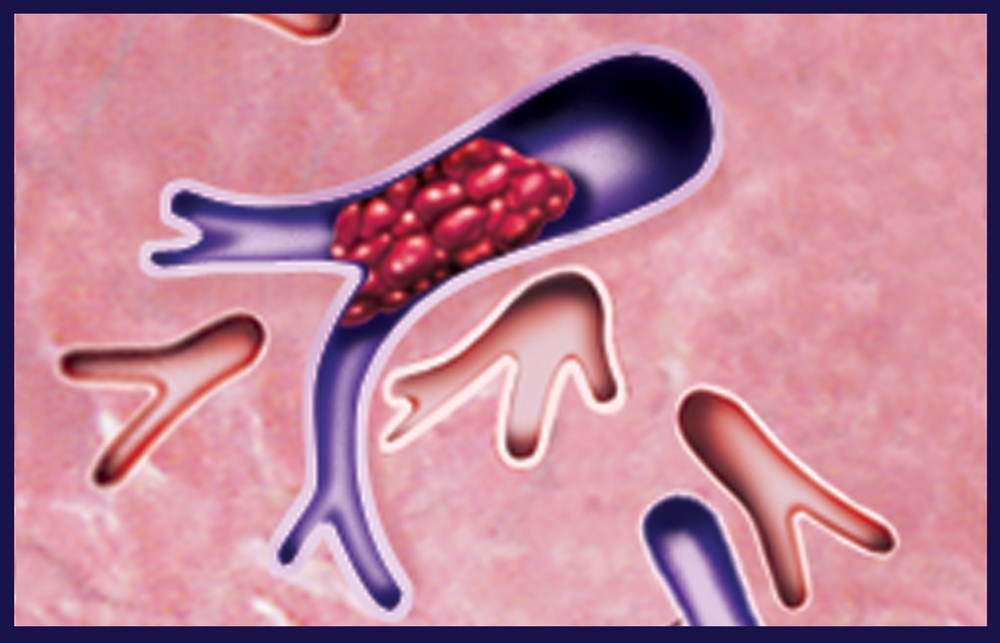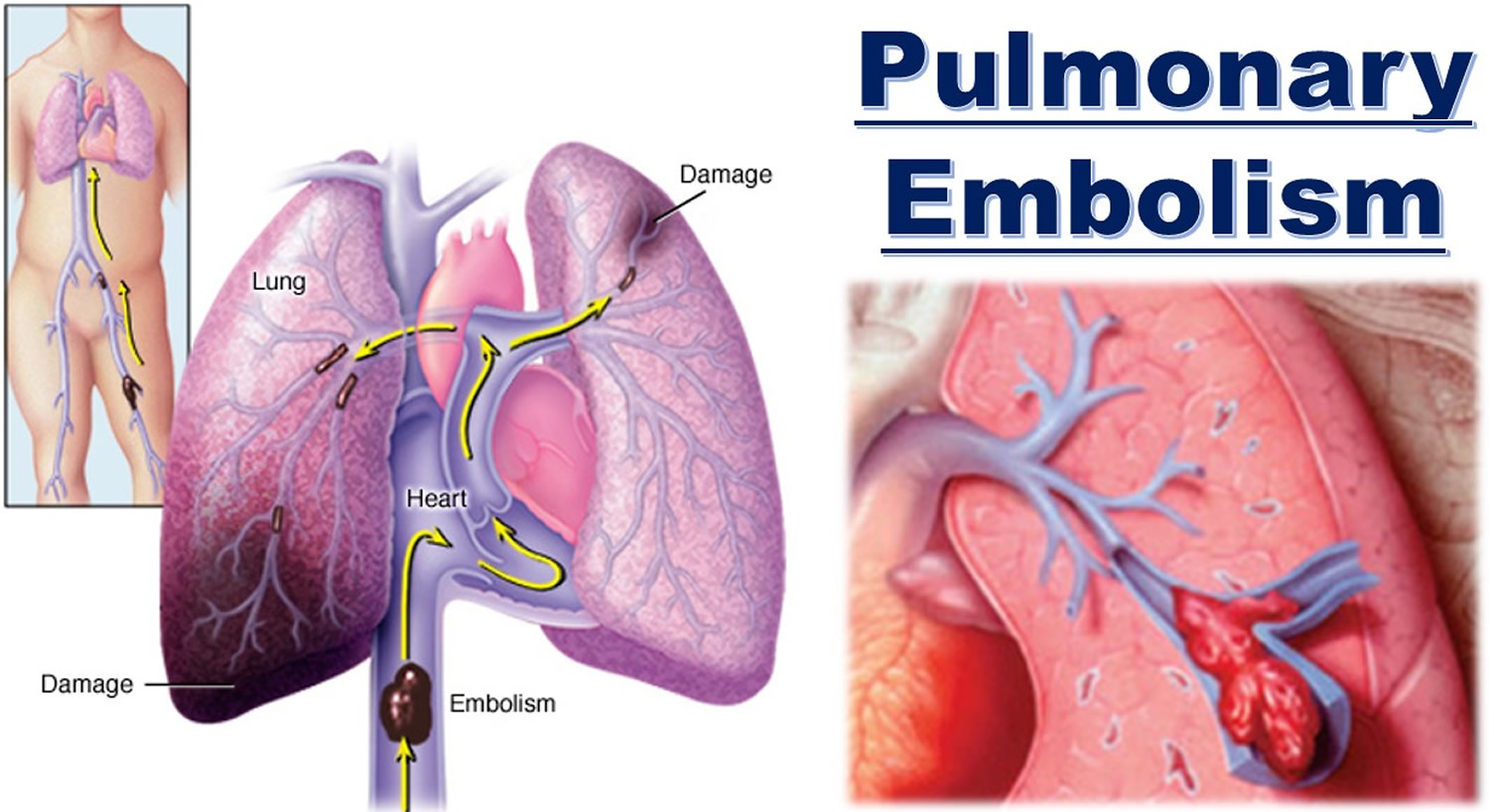Brilliant Tips About How To Detect Pulmonary Embolism

Suspect pulmonary embolism (pe) in a person with any of the following:
How to detect pulmonary embolism. A computerised tomography pulmonary angiography (ctpa) to see the blood vessels in your lungs. The clot cuts off blood supply to the lungs and can be fatal. Ct (computed tomography) scan or ct angiogram.
This is when you are injected with a dye that helps to show your blood. You may feel like you're having a heart attack. The pain can stop you from being able to take.
This type of ct scan uses x. A pulmonary embolism (pe) is a sudden blockage in a lung artery. Pulmonary embolism occurs when an embolus (blood clot) from a deep vein blood clot breaks loose, travels to the lungs, and blocks an arteries within the lung.
Dyspnoea — this is the most common feature and is present in 50% of people with pe. A pulmonary embolism (pe) is a serious condition that occurs when a blood clot blocks one of your lungs. A pulmonary embolism (pe) is a blood clot that develops in a blood vessel in the body (often in the leg).
A pulmonary embolism (pe) is a blood clot from your leg that travels to your lung and stays there. This document follows the previous esc guidelines focusing on the clinical management of pulmonary embolism (pe) published in 2000, 2008, and 2014. There are many tests that can be used to diagnose and analyze pulmonary embolism, including blood tests, ct scans, ultrasounds, and mri testing.
A pulmonary embolism is a blood clot that breaks free and travels to the lungs. It then travels to a lung artery where it suddenly blocks blood flow. One of the most concerning complications of this procedure is the development of venous thromboembolism (vte), including deep vein thrombosis.
The pain is often sharp and felt when you breathe in deeply. For that reason, your health care provider will likely discuss your medical history, do a physical exam, and order tests that may include one or more of the following. The symptoms of pulmonary embolism include:
If a doctor suspects you may have a pulmonary embolism, a ct scan is the gold standard for diagnostic imaging. Pulmonary v/q scan to show. It usually happens when a blood clot breaks loose and travels through the bloodstream to the.
Chest pain, which may be worse with deep breaths. When the artery is viewed in its. Learn about when a ct scan is used for pe, how it.
A pulmonary embolism can be difficult to diagnose, especially if you have underlying heart or lung disease. This causes issues with blood flow and. Doctors often diagnose pulmonary embolism by looking for blockage of a pulmonary artery using computed tomography (ct) angiography or lung scanning.



